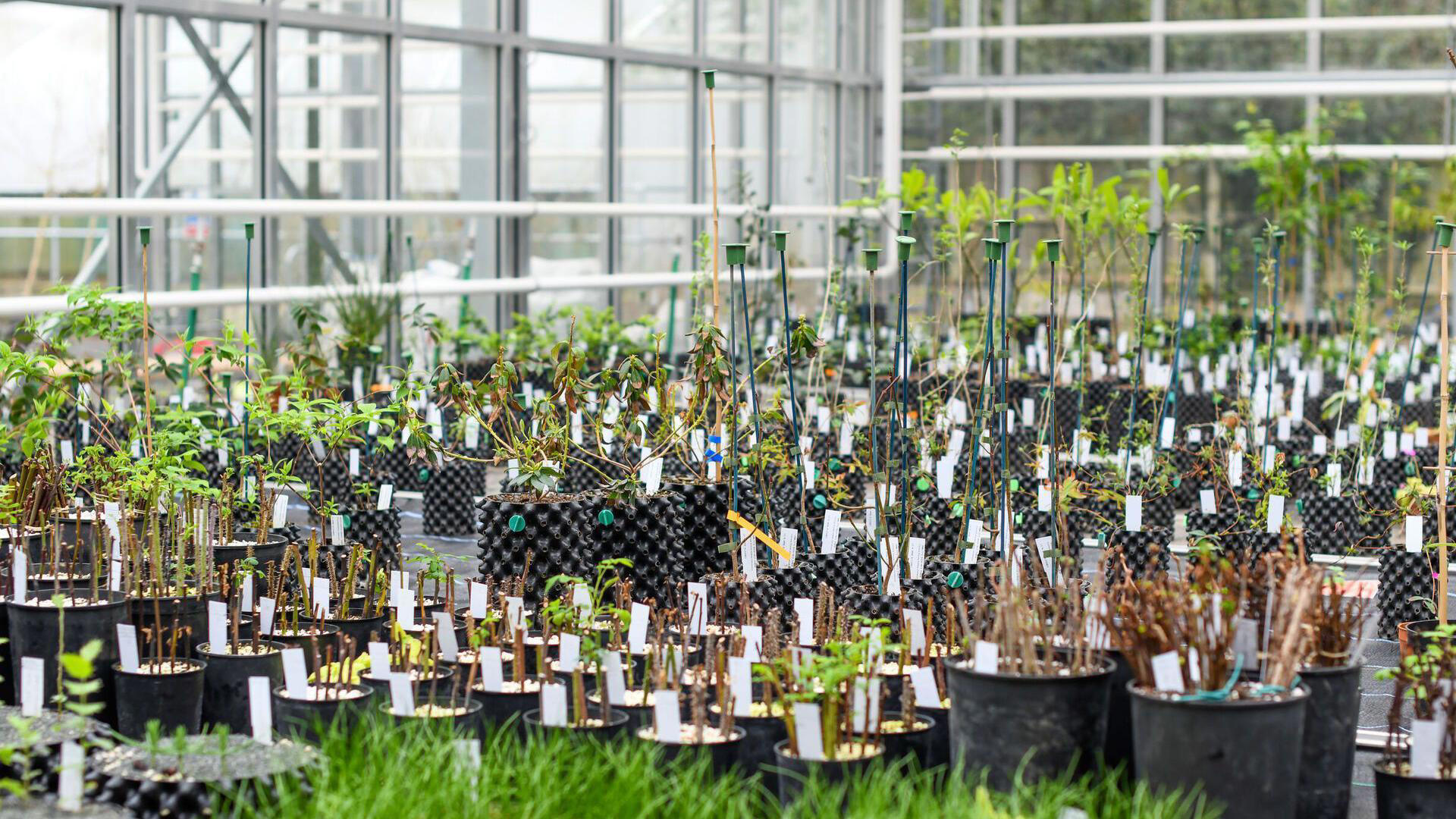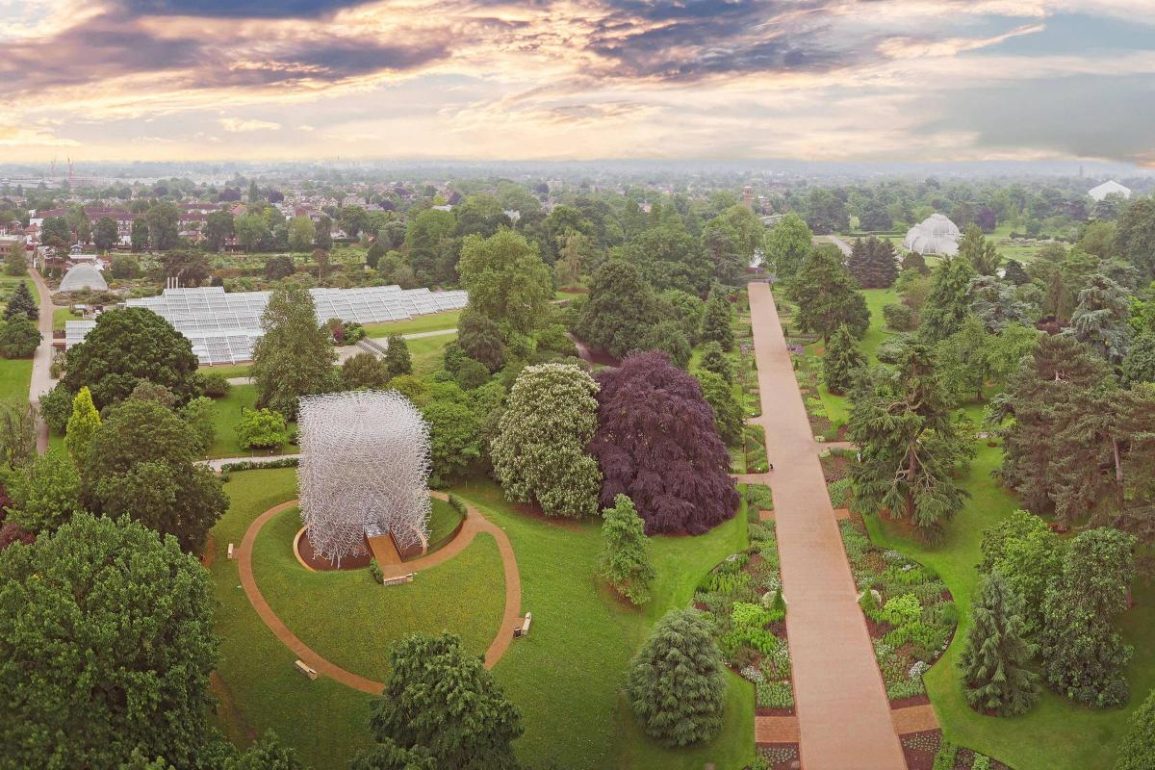More than half of the 11,000 trees in Kew Gardens could be at risk by the end of the century due to climate change, scientists have warned. Species such as English oak, beech, silver birch, and holly may become vulnerable to warmer temperatures and longer dry spells.
To address this, Kew Gardens has begun planting species from warmer regions, including southern Europe, Asia, and Central America, which means the famous site in west London will look noticeably different in the future, according to one of its curators.
The report, “Planting for the Future,” suggests species like fagres’ fir, Iberian alder, cherry hackberry, and Montezuma’s pine could thrive in the anticipated climate conditions. Simon Toomer, curator of living collections at Royal Botanic Gardens (RBG) Kew, predicts that while Kew Gardens will change significantly in 50-80 years, it will remain recognizable.
He envisions a landscape that includes more drought-tolerant species such as palms, alongside familiar Mediterranean plants introduced in Victorian times. Some native species, like oak and birch, may still thrive if sourced from warmer, drier regions.

The urgency of this adaptation plan is underscored by past events such as the 2002 drought, which led to the loss of over 400 trees at Kew Gardens, compared to an average annual loss of about 30 trees.
Scientists at RBG Kew have used climate modeling based on weather data, climate projections, global tree data, and empirical testing to estimate that 54% of Kew’s trees could be vulnerable by 2090. This modeling highlights the increased frequency of extreme weather events due to rising global temperatures.
More optimistic projections suggest that around a third of Kew’s trees would be at risk under less severe scenarios. However, Kew’s oldest trees, known as the “Old Lions,” are expected to thrive. RBG Kew emphasizes the urgent need for a nationwide plan to protect landscapes across the UK.
Richard Barley, a director at RBG Kew, advocates for a “succession plan” that encourages diversifying plant selections to enhance resilience and adaptability.
By focusing on resilience and adaptability, RBG Kew aims to demonstrate that it is possible to mitigate the severe impacts of climate change in both urban spaces and gardens like Kew. This approach seeks to ensure the protection and sustainability of the UK’s landscapes for the future, highlighting the importance of proactive planning and the incorporation of a diverse range of plant species to cope with changing climate conditions.

